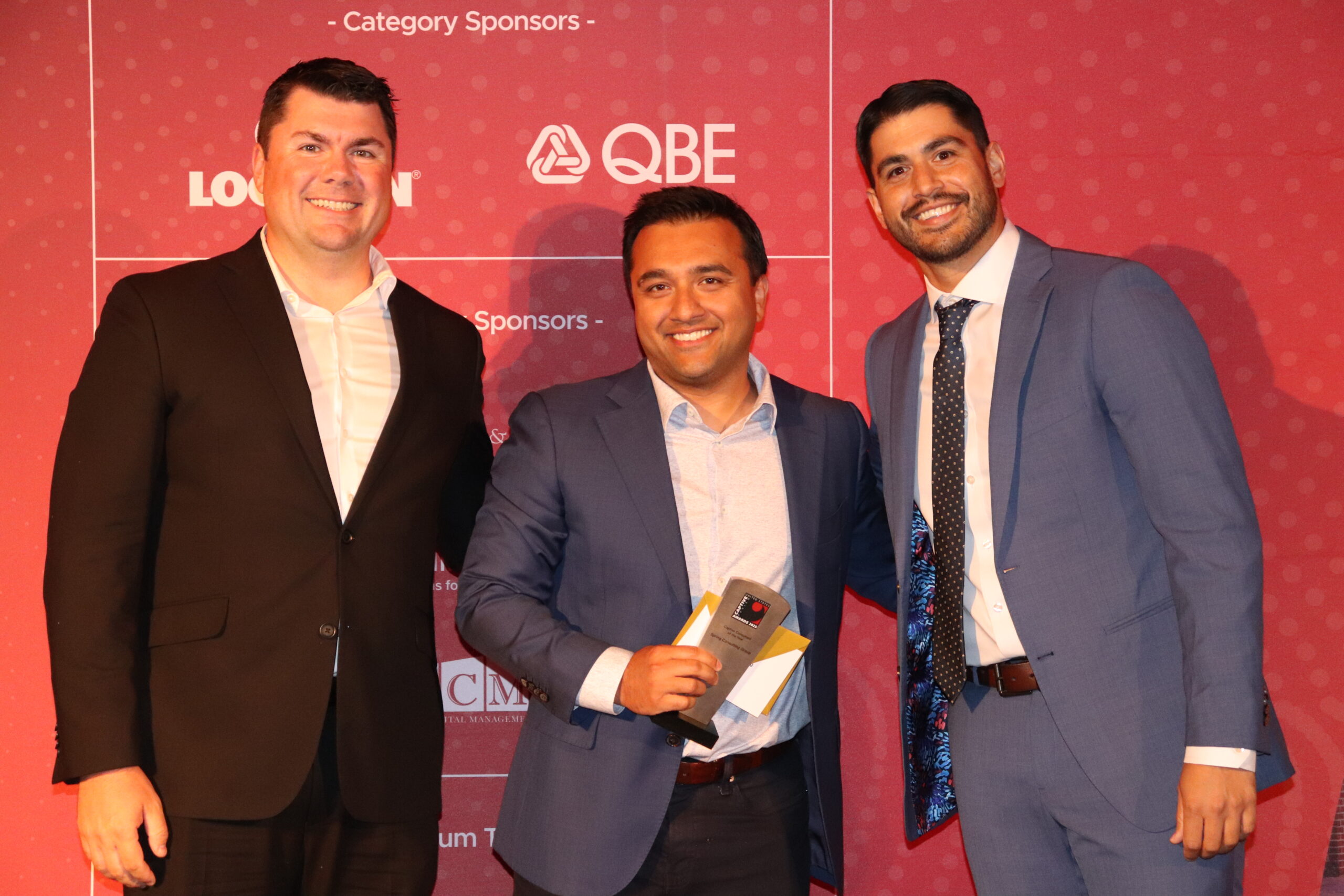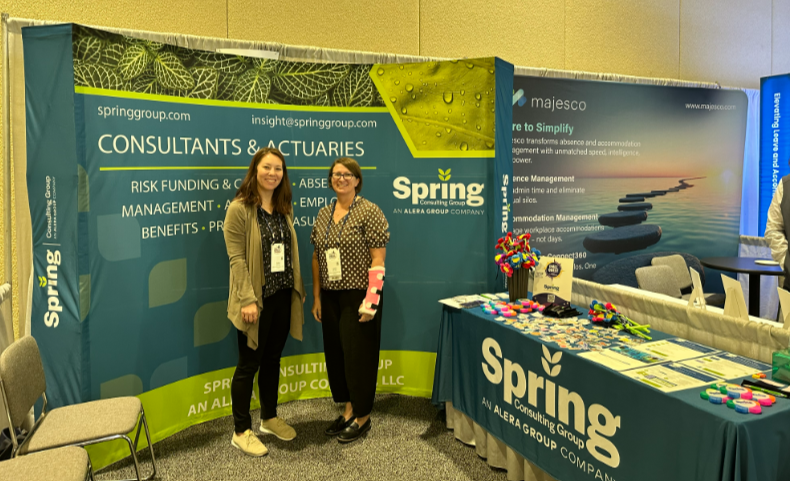
Change is the only constant in life.
Heraclitus (Greek philosopher)
If what Heraclitus said is true, and I believe it is, then why is it so hard for us – both people and organizations – to accept change and realign goals and objectives? We could cite deep routed tradition at universities and colleges, pillars of success permeated from board chairs at non-profits, family values passed from prior generations at partnerships, or implanted views from shareholders. But whatever it is, the things that once got us climbing toward the top may also be what is holding us back from reaching the next summit.
As I refine my lens as a thought leader in employee health and welfare programs, I believe traditional change philosophies may be outdated. As organizations continue to evolve and grow, those corporate flaws that once reflected in the mirror as fine lines are becoming deeper. Workers and customers are redefining their definition of perfection and demanding more action, transparency, and change. Alas, our approach to organizational change requires a facelift, or maybe just a makeover.
I think Martha Freymann Miser, PhD summarized things well in a piece called Three Myths of Change. In that piece she highlights 3 myths of change, which reflect some outdated philosophies of change management:
- Change Starts at the Top
- Prediction is Possible
- Control Equals Efficiency

Myth Makeovers
Although it is poetic to think that change starts at the top, I think it’s more accurate to say that change starts with leaders. Those leaders may or may not be at the top. In addition, I think there is a healthy skepticism that exists in many corporate cultures making it necessary to find change agents within all areas of your organization, so colleagues can take inspiration from their peers as well as senior leaders.
The myth of prediction is possible resonates with me because that is how I live my personal life…plan, plan, plan, execute. My goal is to methodically plot things out and make calculations to predict the future and remove the unknown. However, planning does not remove risk, it just mitigates it – or at least that is what I tell myself. Martha says it best with, “We like to believe we can plan change and roll it out much like a new system in a factory.” Unfortunately, that is rarely the whole story, and organizations need to accept and embrace some modicum of the unplanned.
Given the recent COVID-19 landscape, organizations were forced to reconsider how they managed and regulated performance, which is a necessary lesson in the myth Control Equals Efficiency. With all the standardization and best practices (which of course have a place), it’s possible we have removed the flexibility required to be pliable and see change as an opportunity rather than an obstacle.
More important than highlighting the myths, Martha summarizes three new approaches that hit the nail on the head after we have spent the last two years living in a world where change within our personal and professional lives was not just constant but imperative.
- Use New Metaphors
- Do Less Planning and More Experimenting
- Celebrate Disruption
These refined strategies require that we accept our organizational flaws since they are arguably what makes our organization special, human, and best in breed. Instead of focusing on the laugh lines, focus on what got us to today…the laughter and experiences…and build from there. If we think like aging entrepreneurs going under the knife isn’t necessary, we can makeover our organizations (and ourselves) by shifting our mindset. From there we can reap the benefits of a stronger organization with workers who know they are living their best lives because they are part of our workforce culture and mission, not in spite of it. Our client, edHEALTH, has a model based off of the need for change for its members, and is well versed in rolling with the punches it cannot control.


